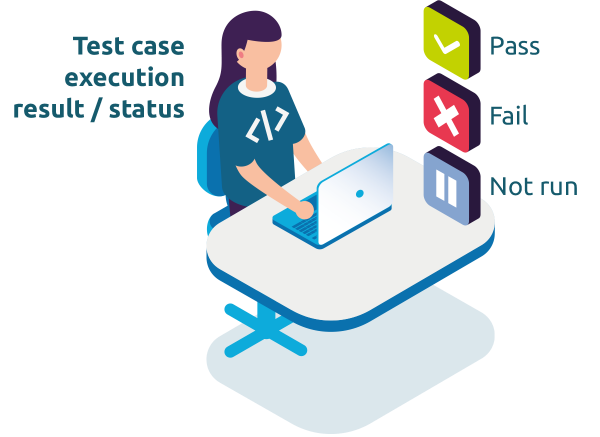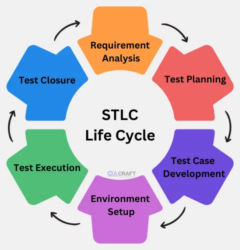Test execution is a crucial phase in the software testing life cycle (STLC), where the test cases are run on the software under test and the results are recorded and analyzed. How do you know if your test execution is effective, efficient, and aligned with your quality goals? You need to use some key metrics and indicators that can help you measure and improve your test execution progress and quality. In this article, we will discuss some of the most common and useful metrics and indicators that you can use in your test execution and reporting.
Test Coverage
Test coverage is a measure of how much of the software functionality, features, requirements, or code is covered by the test cases. It can be expressed as a percentage or a ratio of the covered elements to the total elements. Test coverage helps you assess the completeness and adequacy of your test suite, identify the gaps and risks, and prioritize the test areas. You can use different types of test coverage, such as requirement coverage, functional coverage, code coverage, or branch coverage, depending on your test objectives and level.
Test execution status is a measure of how many test cases are executed, passed, failed, blocked, or skipped in a given test cycle, phase, or iteration. It can be expressed as a number, a percentage, or a chart. Test execution status helps you monitor the progress and quality of your test execution, identify the issues and defects, and report the test outcomes to the stakeholders. You can use different criteria to categorize and filter your test execution status, such as severity, priority, module, or feature.
Defect Density
Defect density is a measure of how many defects are found in the software under test per unit of size, such as lines of code, function points, or test cases. It can be expressed as a number or a rate. Defect density helps you evaluate the quality and reliability of the software, compare the performance of different test cycles, phases, or iterations, and identify the areas that need more testing or improvement. You can use different factors to calculate and analyze your defect density, such as defect type, severity, origin, or resolution.
Defect Removal Efficiency
Defect removal efficiency (DRE) is a measure of how effectively the testing process detects and removes the defects in the software under test. It can be expressed as a percentage or a ratio of the defects found and fixed before release to the total defects found before and after release. DRE helps you assess the effectiveness and efficiency of your testing process, measure the impact of your testing activities on the software quality, and optimize your testing resources and strategies. You can use different methods to calculate and improve your DRE, such as root cause analysis, defect prevention, or defect leakage analysis.
Test Automation Rate
Test automation rate is a measure of how much of the test execution is automated by using tools, scripts, or frameworks. It can be expressed as a percentage or a ratio of the automated test cases to the total test cases. Test automation rate helps you estimate the benefits and costs of test automation, increase the speed and accuracy of your test execution, and reduce the manual effort and errors. You can use different criteria to select and automate your test cases, such as frequency, complexity, stability, or reusability.
Test Effectiveness Index
Test effectiveness index (TEI) is a measure of how well the testing process meets the quality objectives and expectations of the software under test. It can be expressed as a percentage or a score based on a weighted combination of different metrics and indicators, such as test coverage, test execution status, defect density, defect removal efficiency, or test automation rate. TEI helps you evaluate and improve your overall test execution performance and quality, align your testing process with your quality goals, and communicate your test results and value to the stakeholders. You can use different formulas and weights to calculate and customize your TEI, depending on your test context and criteria.
Here’s what else to consider
This is a space to share examples, stories, or insights that don’t fit into any of the previous sections. What else would you like to add?








Buka Akun di Binance
Can you be more specific about the content of your article? After reading it, I still have some doubts. Hope you can help me.
^Inregistrare Binance
Your point of view caught my eye and was very interesting. Thanks. I have a question for you.